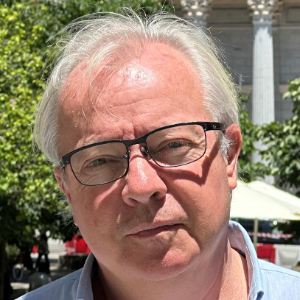
February 2025 Newsletter

February 2025 Newsletter

Sponsored Research
Jaime Garcia-Anoveros, PhD, professor of Anesthesiology, of Neuroscience, of Neurology in the Ken and Ruth Davee Department of Neurology, has received a new R01 grant from the National Institute on Deafness and Other Communication Disorders (NIH-NIDCD) titled, “Development of Cochlear Innervation.”
Garcia-Anoveros shared the aims of the project and his next steps.
What are the aims of the project?
Our overall aim is to elucidate how the circuit of neurons that connect cochlea and brain is assembled during development. Many studies share the same goal. What makes our approach unique is that, instead of testing the roles of genes and other macromolecules (the traditional of genetics and pharmacology), we have developed the ability to target the identity of the cochlear cells. Hence, we are addressing the role cell types in assembling the neural circuit needed for hearing.
What are your next steps?
There are two types of cells in the cochlea that detect sound, inner and outer hair cells. Each connects with the brain via unique sets of neurons. We will switch inner into outer hair cells, and vice versa, and determine how this affects their innervation.
What do you hope will come out of this funded research?
For the field of hearing and deafness, an understanding of how to communicate the sensory hair cells in the cochlea with the brain. This is essential for hearing, will be critical for regenerating therapies aimed at restoring lost hearing, and could help improve the effectiveness of hearing implants in patients that need them.